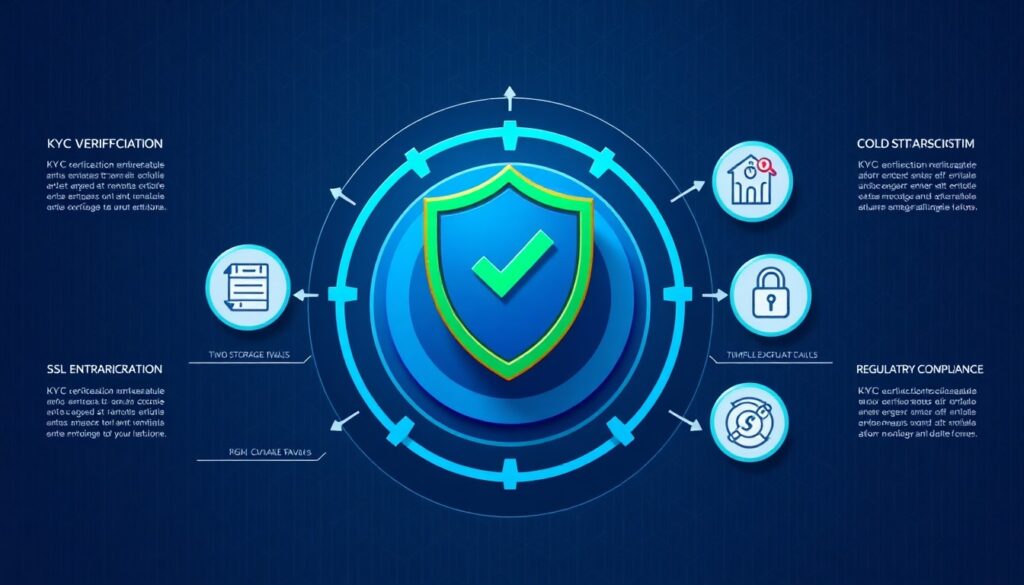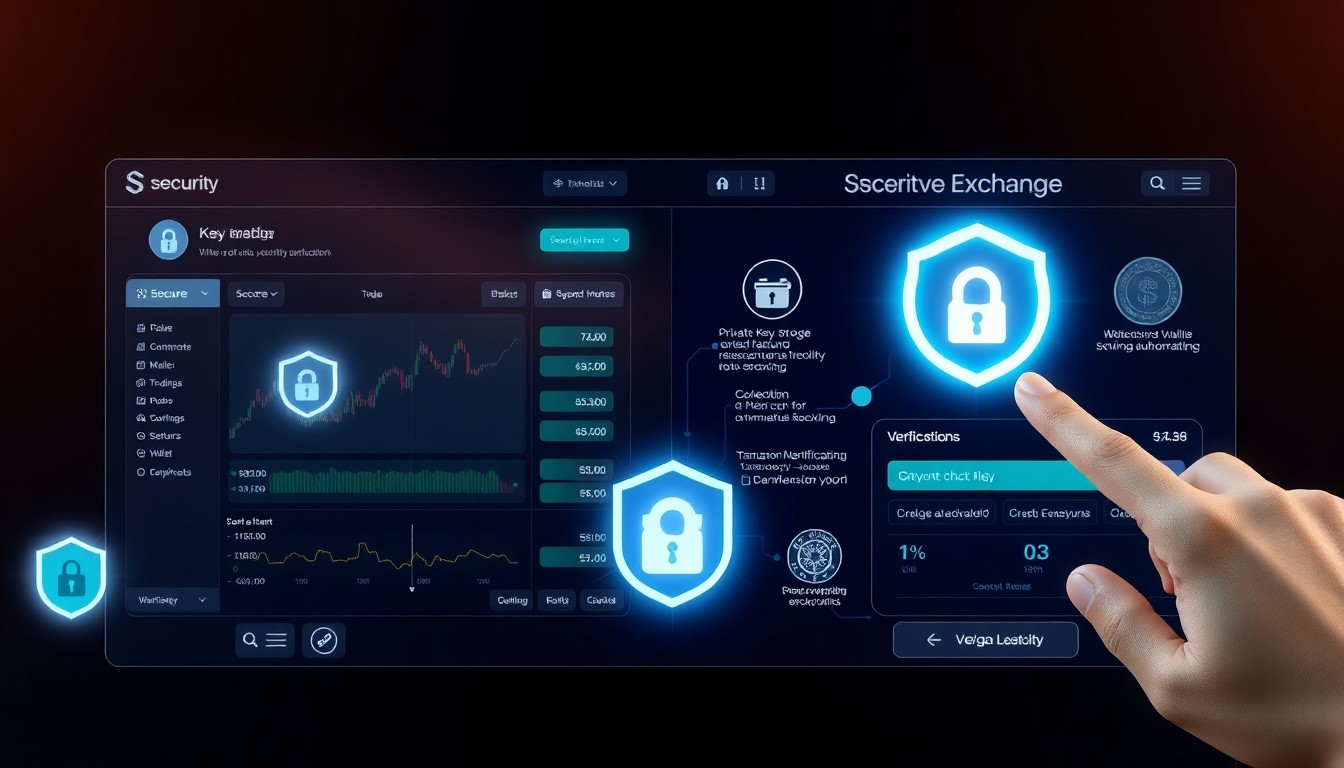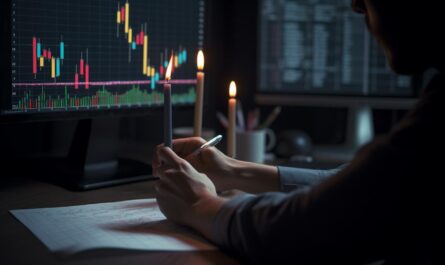Cryptocurrency exchange hacks resulted in $3.8 billion in losses during 2022, including a major FTX breach where hackers stole $477 million with only $94 million recovered. The first quarter of 2024 already saw losses exceeding $1.2 billion through various exchange security incidents. These statistics emphasize the importance of choosing a secure cryptocurrency exchange for protecting your digital assets. This guide provides practical criteria and verification steps to help you identify exchanges with robust security measures and proven track records.
Core security components to verify
Before entrusting your funds to any cryptocurrency exchange, you must thoroughly assess several key security components. Each element plays a vital role in the overall security infrastructure of an exchange.
Regulatory compliance and reputation
Regulatory compliance serves as the foundation of a secure cryptocurrency exchange. A properly licensed exchange operates within legal frameworks, providing users with essential protections and recourse in case of issues.
When evaluating an exchange’s regulatory status, consider these critical factors:
- Valid licenses in major jurisdictions like the US, UK, or Singapore
- Clear company registration and ownership information
- Transparent operational history spanning at least two years
- Strong relationships with traditional financial institutions
- Regular third-party audits and public reports
The reputation of an exchange reveals much about its security practices. For instance, Binance’s proactive approach to security, including their $1 billion SAFU (Secure Asset Fund for Users) insurance fund, demonstrates a serious commitment to protecting user assets.
Technical security measures
The technical infrastructure of an exchange forms its defensive backbone against potential threats. Modern exchanges employ multiple layers of security to protect user funds and data.
A secure exchange should implement comprehensive security protocols, starting with mandatory two-factor authentication (2FA). This additional security layer requires users to verify their identity through a second device or method, significantly reducing the risk of unauthorized access.
The way an exchange stores cryptocurrencies provides crucial insight into its security stance. Industry best practice dictates that:
- At least 95% of user funds should be held in cold storage (offline wallets)
- Hot wallets (online storage) should only contain funds needed for daily operations
- Multi-signature technology must be used for all withdrawals
- Regular security audits should be conducted by reputable firms
For example, Kraken maintains over 95% of all deposits in cold storage and requires multiple signatures from geographically distributed teams to access reserve funds, demonstrating robust security practices.
Risk management practices
Effective risk management extends beyond basic security measures to encompass sophisticated monitoring systems and response protocols. Leading exchanges employ advanced technologies to detect and prevent suspicious activities before they impact users.
Key risk management elements include:
- Real-time transaction monitoring systems
- Anti-money laundering (AML) protocols
- Market manipulation detection tools
- Automated fraud prevention systems
- Emergency response procedures
Coinbase exemplifies strong risk management through its cybercrime insurance coverage and advanced fraud detection systems that automatically flag suspicious transactions for review.
Red flags and warning signs
When evaluating an exchange, certain warning signs should immediately raise concerns about its security practices. Understanding these indicators helps avoid potentially compromised platforms.
Technical red flags
Poor technical implementation often indicates deeper security issues. Watch for these warning signs:
- Frequent platform downtime or performance issues
- Basic security features missing (like 2FA)
- Unclear withdrawal processes
- Limited or poorly documented API security
- Absence of SSL encryption
These technical deficiencies can signal an exchange’s lack of investment in security infrastructure. For instance, Mt. Gox showed several of these warning signs before its infamous collapse, including frequent trading engine failures and withdrawal processing issues.
Business red flags
Understanding business-related warning signs is crucial for identifying potentially unsafe exchanges. These indicators often reveal fundamental issues with an exchange’s operations and trustworthiness.
Poor transparency stands out as a major red flag. Any reputable exchange should readily provide:
- Clear ownership and management team information
- Detailed fee structures and trading policies
- Regular financial audits and reports
- Physical office locations and registration details
- Comprehensive terms of service and user agreements
For example, when Celsius Network began hiding information about their financial status and delaying withdrawal processing in early 2022, these were crucial warning signs that preceded their eventual collapse.
Customer support quality serves as another vital indicator. Watch out for:
- Automated responses only
- Long resolution times
- Unclear escalation procedures
- Limited contact options
- Inconsistent information
An exchange’s handling of past incidents provides valuable insight into their security commitment. BitMEX’s delayed response to their 2020 security breach and lack of clear communication demonstrated significant operational weaknesses.

Practical verification steps
Identifying a secure cryptocurrency exchange requires a systematic approach to verification. This section outlines concrete steps you can take to assess an exchange’s security status.
Initial assessment
Before creating an account or depositing funds, conduct a thorough initial assessment of the exchange. This process should include detailed documentation review and practical testing of available features.
Start with these fundamental checks:
- Verify the exchange’s legal registration status
- Review recent security audit reports
- Test customer support response times
- Check user reviews and community feedback
- Examine the platform’s insurance policies
Documentation review should extend beyond marketing materials to include:
- Security whitepapers
- API documentation
- Privacy policies
- Insurance coverage details
- Compliance certificates
Kraken sets a strong example in this area by maintaining detailed public documentation about their security measures and regular security audits by external firms.
Ongoing monitoring
Security assessment doesn’t end after selecting an exchange. Continuous monitoring helps identify potential issues before they affect your assets.
Effective ongoing monitoring includes:
- Following the exchange’s official communication channels
- Tracking security update implementations
- Monitoring withdrawal processing times
- Reviewing trading engine performance
- Checking for regulatory compliance updates
For instance, FTX users who monitored withdrawal processing times in early November 2022 had early warning signs of impending issues and could protect their assets before the exchange’s collapse.
Remember to document any irregularities you notice during monitoring. This practice helps identify patterns that might indicate developing security issues. For example, users who tracked Quadriga CX’s increasing withdrawal delays in 2018 were able to spot trouble before the exchange’s ultimate failure.
Successful monitoring requires establishing baseline performance metrics for your chosen exchange. This allows you to quickly identify deviations that might signal security concerns. Keep detailed records of:
- Normal withdrawal processing times
- Standard customer support response periods
- Typical trading engine performance
- Regular maintenance schedules
These metrics provide context for evaluating whether current exchange behavior falls within normal parameters or signals potential problems. Regular review of these indicators helps ensure your assets remain protected on the platform.
Protection best practices
Moving beyond identification of secure exchanges, implementing personal security measures significantly enhances your protection against potential threats. A comprehensive security approach combines exchange features with user-side precautions.
Start by properly configuring all available security features on your account. Leading exchanges offer multiple layers of protection that users often overlook.
The most secure exchange can’t protect you from poor security practices. Implement these essential protective measures:
- Use unique, complex passwords for each exchange
- Enable the strongest available 2FA option
- Regularly review authorized devices and active sessions
- Monitor account activity notifications
- Keep detailed records of all transactions
Regular security audits of your own account settings help maintain optimal protection. Coinbase recommends quarterly security reviews, including checking authorized devices, updating contact information, and reviewing recent activity patterns.
Conclusion
Identifying a secure cryptocurrency exchange requires careful evaluation of multiple factors, from technical infrastructure to business practices. The landscape of cryptocurrency security evolves rapidly, making continuous assessment essential.
Remember these key takeaways:
- Security is a continuous process, not a one-time verification
- Multiple layers of protection provide the strongest security
- Regular monitoring helps identify potential issues early
- Documentation and tracking strengthen your security position
- No exchange is completely immune to security threats
Take proactive steps to protect your assets by regularly reviewing exchange security measures and maintaining strong personal security practices.
FAQs
What makes an exchange truly secure?
A truly secure exchange combines robust technical infrastructure, strong regulatory compliance, transparent business practices, and comprehensive risk management. Look for multi-layer security systems, including cold storage, 2FA, and regular security audits.
How often should I review exchange security?
Conduct thorough security reviews quarterly, including checking account settings, verifying contact information, and assessing exchange performance metrics. Additionally, monitor exchange communications and security updates weekly.
What is the safest way to store crypto on an exchange?
Keep only actively traded assets on exchanges. Use all available security features, including 2FA and withdrawal limits. Consider splitting holdings between multiple reputable exchanges to reduce risk concentration.
What immediate red flags should make me avoid an exchange?
Avoid exchanges showing signs of poor transparency, missing basic security features, irregular withdrawal processing, or unclear regulatory status. Recent negative news, especially regarding security breaches or regulatory issues, should prompt immediate caution.
How can I check if an exchange is properly regulated?
Research the exchange’s registration status in major jurisdictions, verify licenses through regulatory databases, and review compliance documentation. Check for partnerships with established financial institutions and regular audit reports from reputable firms.




